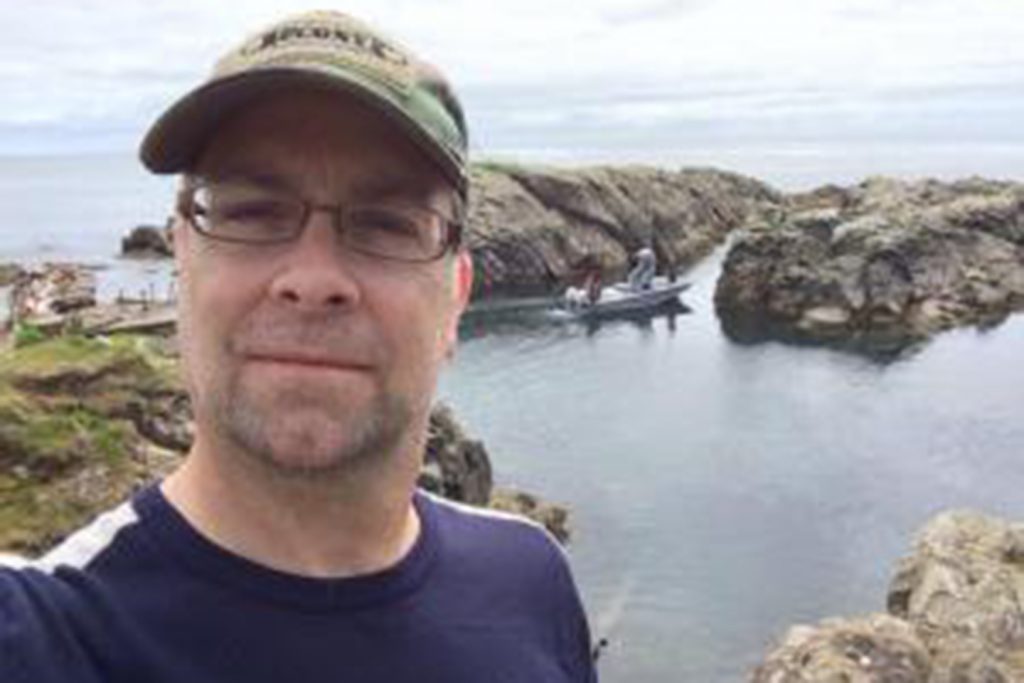Tom Good ’86: Science for Sound Policy

September 13, 2020
At a time when the significance of science is challenged at every turn, Tom Good ’86 is doing original research and collaborating with others to turn good science into sound policy.
September 3, 2020
A research fishery biologist for the U.S. National Oceanic and Atmospheric Association (NOAA), Tom works on seabird-fishery interactions, including incidental seabird mortality and seabird predation of fish stocks. He also coordinated the 2005 update of the status of protected Pacific salmonids along the West Coast of the U.S., and works with colleagues on the impacts of derelict fishing gear on marine fauna of Puget Sound and the Northwest Straits.
“I still love going into the field and doing biology,” says Tom, who has worked at NOAA’s Northwest Fisheries Science Center in Seattle. “A big reason I became a field biologist was the time I spent in the field at Marlboro — trips with Bob Engel and John Hayes to the Everglades, the Yucatan Peninsula, the desert Southwest, and central Mexico.”
Tom says that tutorials with Bob were instrumental in designing the field research for his Plan in biology, which involved a theoretical and experimental analysis of ecological patters in a New England rocky intertidal community. It also gave him a leg up when he went to graduate school.
He received his PhD from the University of Kansas, where he studied hybridization in seabirds along the Pacific Coast, followed by a postdoctoral research position at Brown University. Tom has been a research biologist at the Northwest Fisheries Science Center since 2001.
Profile originally published in Potash Hill

